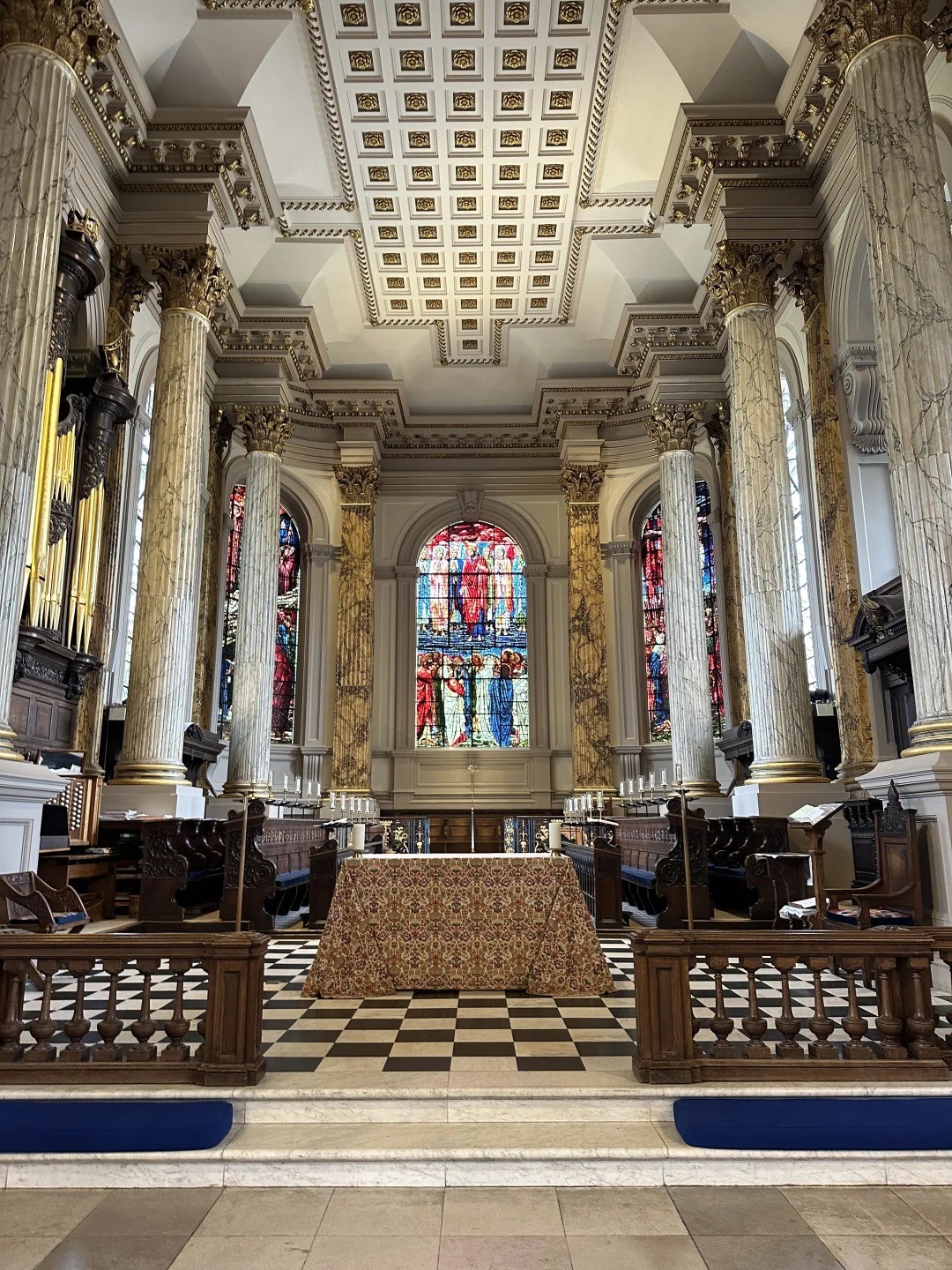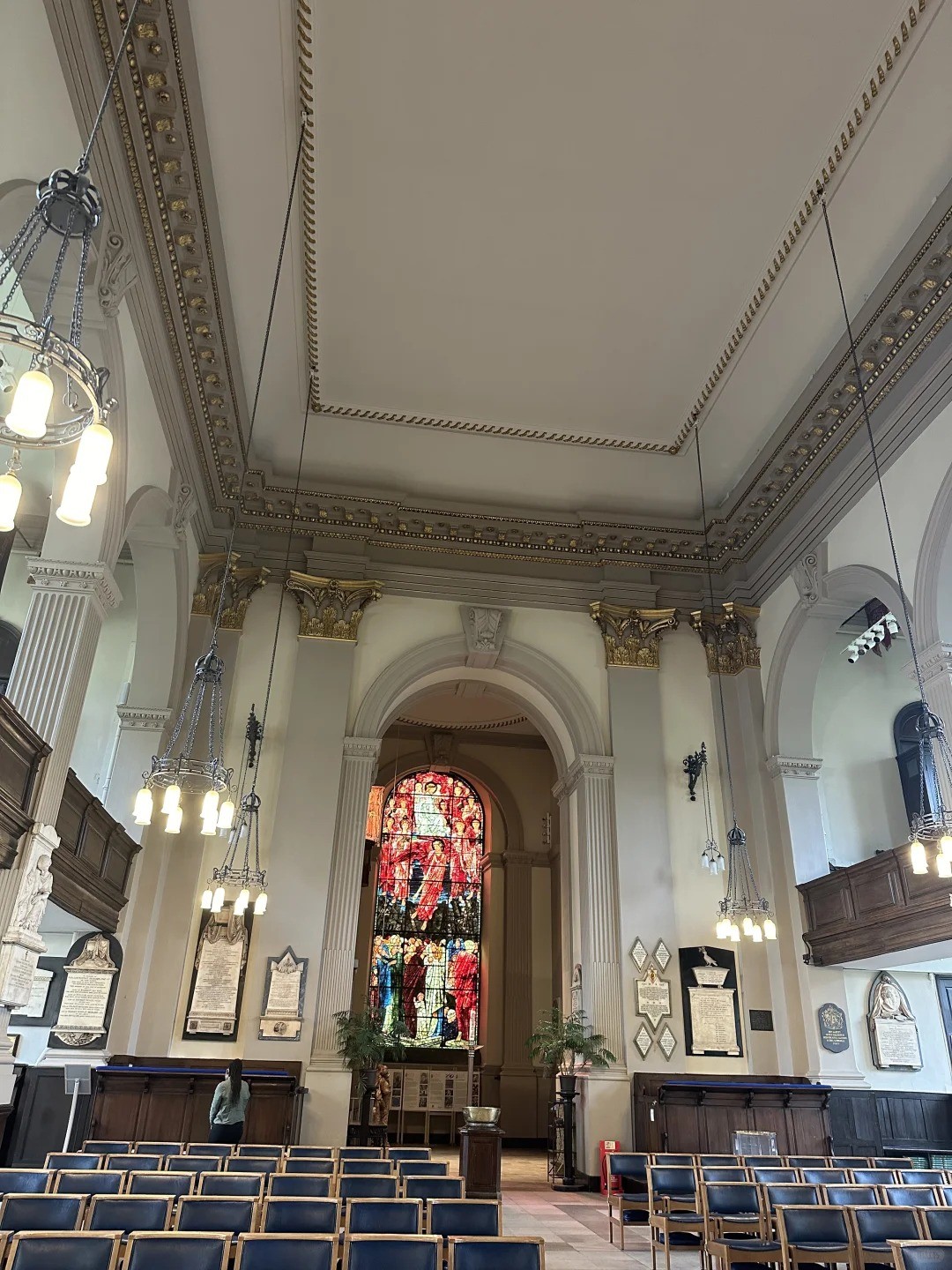😅 The roof interior of Birmingham Cathedral is a bit "bald"! 😅
Birmingham Cathedral, officially known as St. Philip's Cathedral, is the third smallest cathedral in England. 🤣 In 1660, the rapid growth of the town meant that the existing St. Martin's Parish Church was no longer adequate. Elizabeth Phillips provided the land for a new parish church, which was later named St. Philip's. 🏗️💒 Built in 1715 and designed by architect Thomas Archer, the cathedral is a rare and exquisite example of elegant English Baroque architecture. It features a dome, scrolls, giant pilasters, oval windows, rustic stone carvings, and decorative railings. 🏛️🏞️ The construction of the cathedral marked an important shift in the religious and social life of Birmingham, which was evolving from a small town into an industrial city. 🏗️🏙️ Originally just a parish church, it was elevated to cathedral status in 1905 as Birmingham grew in size and importance. Despite heavy bombing during World War II, the main structure of the cathedral and its famous stained glass windows were preserved. 💣🛡️ The exterior of the cathedral is dignified, while the interior is relatively simple. 🏗️💒 The building materials are mainly local stone, ensuring a sturdy structure with a decorative façade featuring towering towers and intricate stone carvings. 🏰🔨 The interior design is minimalist, focusing on elegant lines and refined proportions. ☀️🏛️ The renowned stained glass windows, designed by Pre-Raphaelite artist Edward Burne-Jones, depict scenes from the life of Jesus Christ and are the visual focal point of the cathedral's interior. 🖼️🎨 The white design of the ceiling is actually an intentional simplification. Consistent with the overall design style, the white ceiling aims to highlight the Baroque "light and shadow" effect, directing attention to the more visually appealing stained glass windows and altar. The white roof also enhances the sense of light indoors, making the space appear brighter and more open. This design is not uncommon; in many Baroque churches, designers often use simple ceiling designs to guide worshippers to focus on liturgical activities and decorative details rather than the ceiling itself. ☀️🏛️ It is said that there are around 60,000 graves in the cathedral's cemetery. However, only a few could afford elaborate tombstones. 🏛️🏞️ Today, approximately 100 monuments remain visible. These graves reveal the diverse professions expected in a rapidly expanding town of the 18th and 19th centuries, including surgeons, lawyers, and craftsmen, but also reflect the city's special industries, gun manufacturers, and artists. 🪦🔍 #Birmingham #BirminghamCathedral #EnglishCathedral #BirminghamLife 🏛️🏙️



